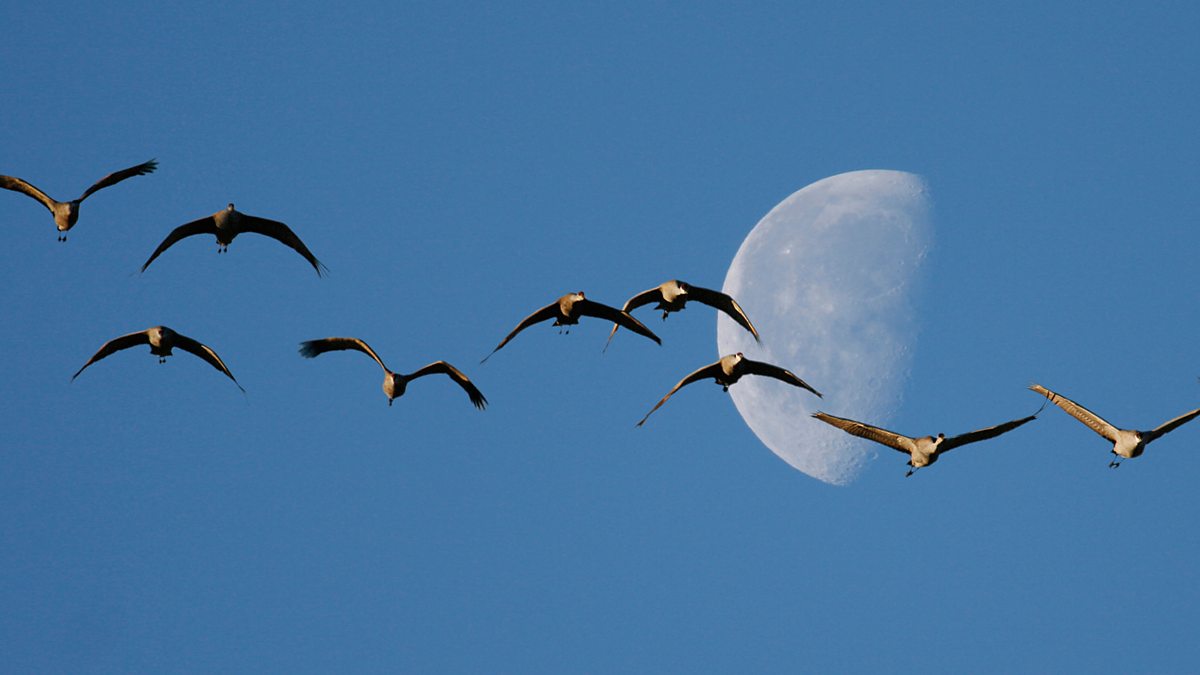Tom McKinney introduces live performances by three artists working with birdsong: Sharon Gal, Lee Patterson and Kate Carr, part of the EnCOUnTErs series of events curated by SoundFjord's Helen Trosi and recorded at London's Cafe Oto.
Plus a selection of recent releases including music for saxophone quartet and electronics by Monty Adkins and Paulina Sundin.
Plus a selection of recent releases including music for saxophone quartet and electronics by Monty Adkins and Paulina Sundin.





Comment